| Image | Item | Details |
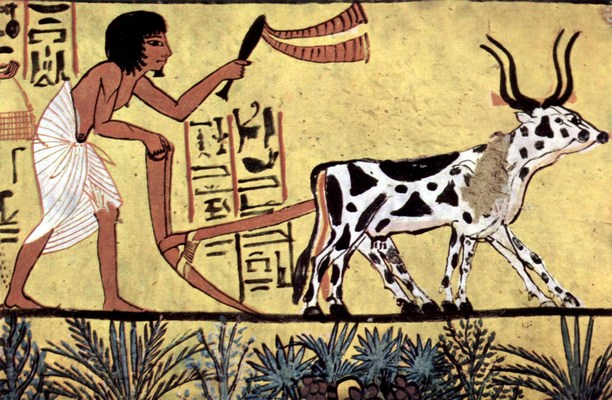
|
A'aru
|
A’aru or ‘Field of Reeds’ is the Ancient Egyptian’s vision of a paradise after death - the Christian Heaven, the Islamic Jannah or the Buddhist Nirvana. It is where Osiris ruled once he had displaced Anubis in the Ogdoad. It has been described as the Ka of the Nile Delta. Only those whose hearts are lighter than the ‘Feather of Truth’ will be allowed to enter A’aru. A’aru is believed to exist in the east where the Sun rises, as boundless reed fields, like those of the earthly Nile Delta. This ideal hunting and farming ground allowed a person’s soul to live for all eternity. A’aru was envisaged as a series of islands covered in fields of reeds. The part of A’aru, where Osiris later dwelt is known as Sekhet Hetepet, the ‘field of offerings.
|
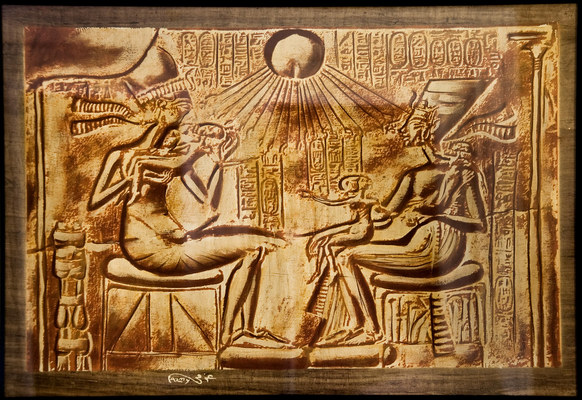
|
Akhetaten
|
Akhetaten meaning ‘Horizon of the Aten’, was the name given to Akhenaten’s new capital, near modern day Tel-el-Amarna in the Minya Governate of Middle Egypt.
|
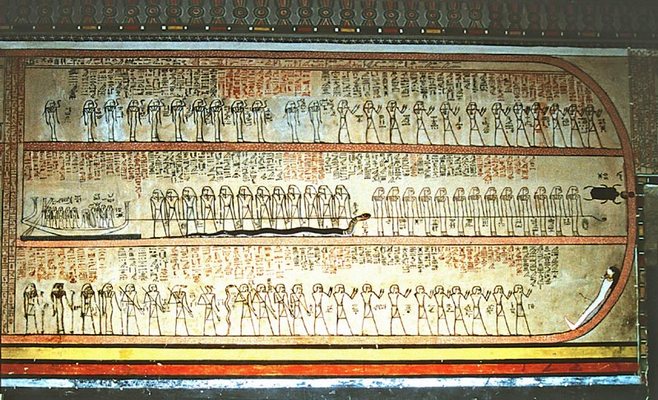
|
Amduat
|
Amduat. This is the name given to an important funerary text of the New Kingdom; literally translated it means – ‘That which is the Underworld’. Its use was restricted almost exclusively to the Pharaoh himself and its text often appear in their tombs. It tells the story of Ra, the Egyptian sun God who on his daily journey across the sky, travels through the twelve hours of the underworld, from the time when the sun sets in the west until it rises again in the east. It was believed that the dead Pharaoh took this same journey, ultimately becoming one with Ra and live for all eternity in A’aru. Each of the twelve hours of the night, represented an ally or an enemy that the Pharaoh would meet. The Amduat lists all of these Gods and monsters so that the Pharaoh’s Ka can call upon them for help or to use their name to defeat them. In the case of the tomb of Tutankhamun the twelve hours of the night are represented by Baboons.
|

|
Ani
|
Ani 'the real royal scribe, the registrar of the offerings of all the Gods, overseer of the granaries of the Lords of Abydos, and scribe of the offerings of the Lords of Thebes', was a Theban scribe who lived during the 19th Dynasty, in the reign of Ramesses II. His name has come down to us because of his famous ‘Book of the Dead’, better known as the Papyrus of Ani. His story is told in Chapters 5 and 16.
|
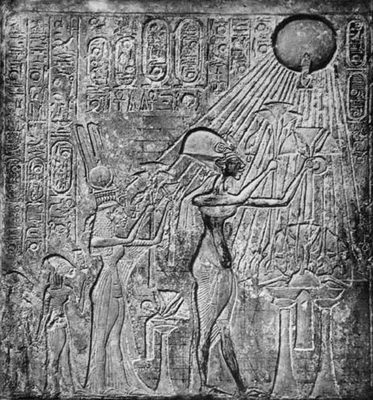
|
Aten
|
Aten or Aton is the Sun disc of the monotheism religion, worshipped by followers of the heretic Pharaoh Akhenaten (Amenhotep IV) during the Amarna period, which lasted for much of his reign and several years afterwards from about 1350-1330 BC. The full title of Akhenaten's god was ‘Ra-Horakhty who rejoices in the horizon, in his Name as the Light which is in the sun disc’; and appears on the numerous stelae placed to mark the boundaries of Akhenaten's new capital at Akhetaten, modern day Tel el-Amarna. This lengthy name was often shortened to Ra-Horus-Aten or just Aten in many texts.
|
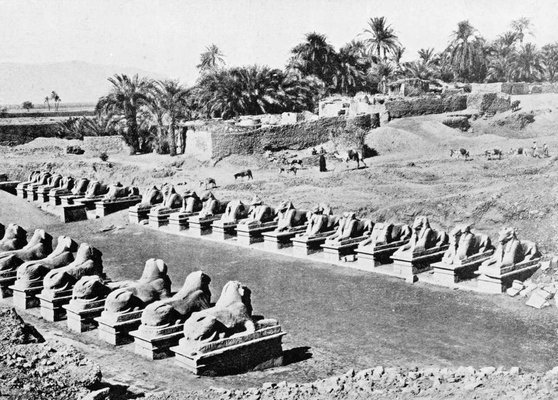
|
Avenue of Sphinxes
|
An avenue of human headed sphinxes of over one and a half miles (3 km) once connected the temples of Karnak and Luxor. This road was used once a year during the Opet festival when the Egyptians paraded along it carrying the statues of Amun and Mut in a symbolic re-enactment of their marriage. At Luxor temple Amun was magically transformed into Min the god of fertility. Around 1,350 sphinx statues are thought to have lined the avenue. The construction of the Avenue of Sphinxes was begun during the New Kingdom and finished during the rule of Nectanebo I (c379-c361 BC). The road was renovated by the Ptolemaic Queen Cleopatra (51-30 BC) and later used by the Romans. Recently some 850 fragmented sphynxes have been discovered along a section of the avenue built by Amenhotep III (c1388-c1351 BC).
|

|
Biban el-Moluk
|
Biban el-Moluk, the Arabic name for Valley of the Kings.
|

|
Birth Name
|
The name given to a Pharaoh at birth. The example shown is that of Ramases II.
|
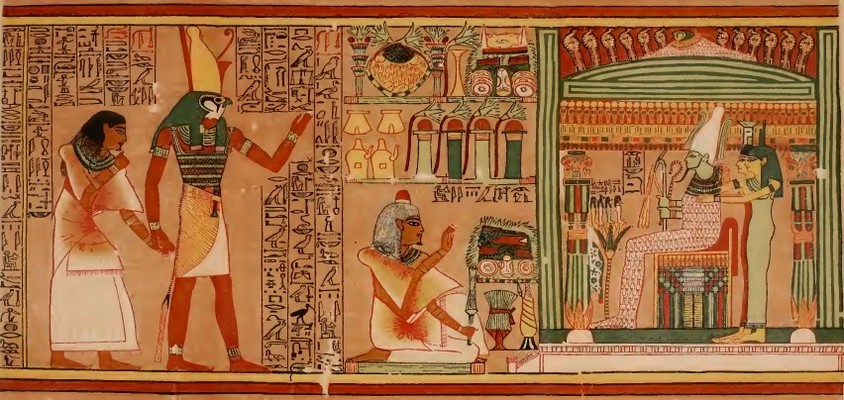
|
Book of the Dead
|
Book of the Dead was the name given to a set of ancient Egyptian funerary texts, which were used from the beginning of the New Kingdom (i.e. around 1550 BC) to about 50 BC. The original name of the texts can be translated as the ‘Book of Coming Forth by Day’ or the ‘Book of Emerging Forth into the Light’. Its name is in keeping with the positive attitude that the Ancient Egyptians had when it came to death, they saw it as coming into the light of a new life and not the end of their old one. The most famous example of a Book of the Dead is the Papyrus of Ani. The Book of the Dead is made up of a number of individual spells and their accompanying illustrations. At present, some 192 spells are known, although no single manuscript contains every one of them. They served a range of purposes. Some are intended to give the deceased mystical knowledge in the afterlife, or perhaps to identify them with the gods. Others are incantations to ensure the different elements of the dead person's being were preserved and reunited, and to give the deceased control over the world around him. Still others protect the deceased from various hostile forces or help guide him through the underworld past various obstacles. Two well-known spells also deal with the judgement of the deceased in the Weighing of the Heart ceremony.
|
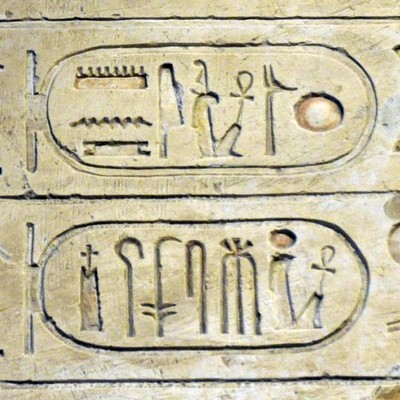
|
Cartouche
|
Cartouche an oval edged rectangle with a horizontal line at one end, indicating that the text enclosed is a royal name – that of a Pharaoh. The Ancient Egyptian word for it was shenu. In Demotic, the cartouche was reduced to a pair of brackets and a vertical line. Of the five royal titularies it was only the praenomen (throne name) and the nomen (birth name) which were enclosed by a cartouche
|
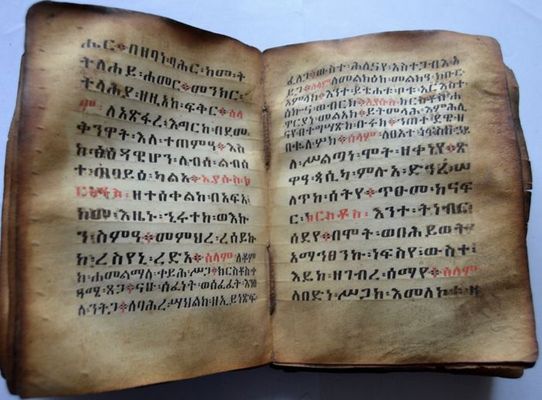
|
Codex
|
Codex is a book constructed of a number of sheets of paper, vellum, papyrus, or similar materials. It was developed by the Romans from wooden writing tablets around the end of the 1st century AD; and would eventually replace the use of the scroll. The introduction of the codex is often described as the most important advance in the development of the book before the invention of printing.
|
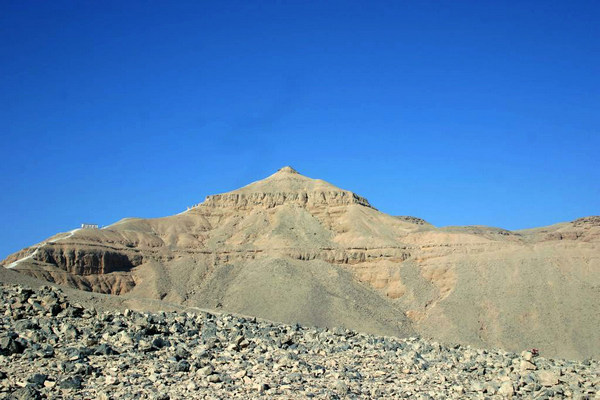
|
Dehenet Imentet
|
Dehenet Imentet. See Peak of the West.
|

|
Deir el-Bahari
|
Deir el Bahari or Dayr al-Bahri the ‘Monastery of the Sea’ is a complex of mortuary temples and tombs located on the west bank of the Nile, opposite the modern city of Luxor, Egypt. The most famous being that dedicated to Queen Hatshepsut. It forms part of the Theban Necropolises.
|

|
Deir el-Medina
|
Deir el Medina the ‘Monastery of the Town’, is situated on the west bank of the Nile at Luxor; so, called because of the Christian church that was converted from the temple dedicated to the Goddess Hathor, that once stood on the site. It is the location of the archaeological site of the workers’ village known as Set Ma’at – the ‘Place of Truth’.
|

|
Deshret
|
Deshret the Red Crown of Lower Egypt. When combined with the Hedjet, the White Crown, of Upper Egypt, it forms the Pschent or Double Crown,The Red Crown would later be combined with the White Crown of Upper Egypt to form the Double Crown, symbolizing the Pharaoh's rule over the 'The Two Lands' of Egypt.
|
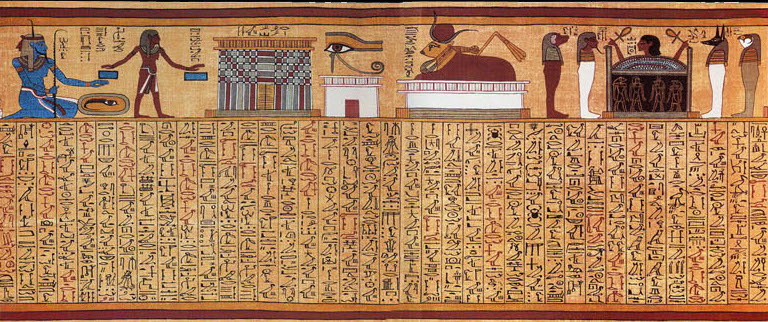
|
Duat
|
Duat is the name given to the Ancient Egyptian Underworld. The God Osiris was the Lord of the Underworld, the personification of rebirth and life after death. It was also the region through which the sun God, Ra travelled from west to east each night, and it was, here, where he battled with Apep the God of Chaos, which the sun had to defeat in order to rise each morning and bring order back to the Earth. In hieroglyphics it is represented as a star within a circle.
|
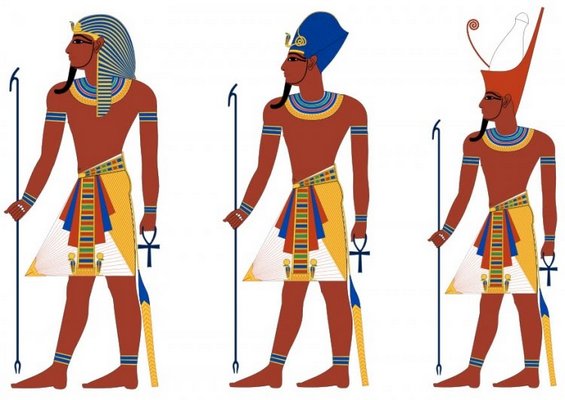
|
Dynasty
|
Dynasty is a period in ancient Egyptian history defining the rule by Pharaohs with similar origins through birth or association. A total of thirty-two dynasties existed during the timeline of the Pharaohs. Although the last two are more recent additions to the thirty defined by the 3rd century BC Egyptian priest, Manetho.
|
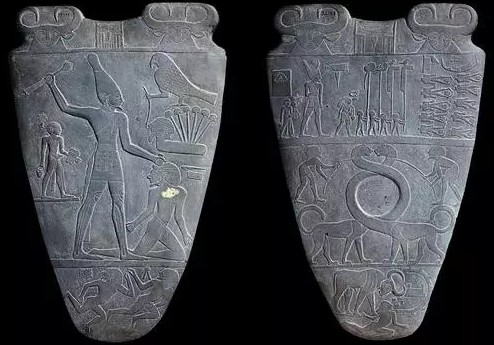
|
Early Dynastic Period
|
It lasted from 3150 BC to 2686 BC, during this time the earliest Pharaohs ruled a united land following the unification of Upper and Lower Egypt. Also, at this time Memphis became the capital of Egypt; and papyrus was first used as a media for writing. It encompasses the pre-dynastic era as well as the 1st and 2nd Dynasties.
|

|
Edfu Temple
|
Edfu is a Ptolemaic temple located on the west bank of the Nile at Edfu, in Upper Egypt. Its principal deity is the falcon God Horus. Its construction began in 237 BC and was not completed until 57 BC, nearly two hundred years later.
|

|
El-Qurn
|
El-Qurn is the Arabic name for the pyramid shaped peak found on the west bank of the Nile overlooking the Valley of the Kings, known to the ancient Egyptians as Ta-Dehent – ‘the Peak’. See also Peak of the West and Ta-Dehent.
|
| | | |
|